(To Quoc) - AI technology is an "extended arm" to support the process of preserving cultural heritage or restoring works of art to become easier, more open and spread faster to the public. However, AI technology still cannot handle problems completely independently, but must be combined with the research of scientists.
These are the shares of speakers and experts in the recent discussion "Human memory and artificial intelligence - The role of technology in preserving cultural memory".
In recent years, the development of artificial intelligence (AI) technology has opened up new avenues for the preservation and promotion of cultural heritage values. As digital technology advances, AI plays an increasingly important role in ensuring the longevity and accessibility of cultural heritage to the public. By leveraging AI, it is possible to better understand and preserve the intricate details of works of art and other heritage artifacts.
A typical example is the project to restore the famous painting "Thang Duong Nhap That" by the famous painter Victor Tardieu. This is a giant painting measuring 11x7m, painted in a Western style but the content of the work is completely Vietnamese. Although it became widely known to the public through a redrawing in 2006, the thoughts of the famous painter a century ago are still shrouded in mystery.
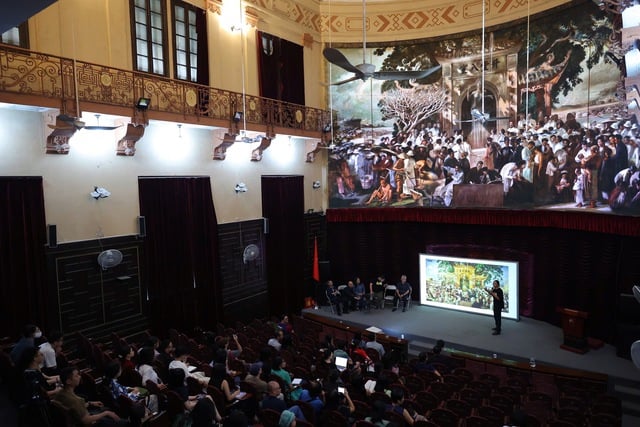
Discussion space
Lecturer of the School of Interdisciplinary Sciences and Arts, Vietnam National University, Hanoi - Dr. Tran Hau Yen The said: "The painting "Thang Duong Nhap That" reflects the cultural exchange between East and West with more than 200 characters, many of whom are real people with positions in contemporary society. Not only is it a work of art, the painting is also a valuable historical document, providing a panoramic view of Eastern society under the influence of the West such as the system of objects, means of transportation, architectural forms, geographical features, plant varieties, livestock, costumes... With the rapid progress of artificial intelligence science, reviving works of art to bring to the public is completely within our ability".
Through that, the work was based on black and white photos by Dr. Tran Hau Yen The, Dr. Pham Long, engineer Vien Hong Quang, artist Trieu Minh Hai, using AI to learn colors through original oil paintings, combining video art and animation, making the painting "come alive" with people as if they were present in the "real" world in the painting.
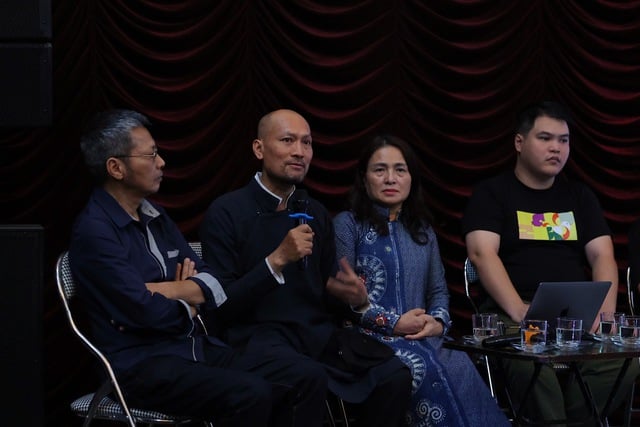
Lecturer of the School of Interdisciplinary Sciences and Arts, Vietnam National University, Hanoi, Dr. Tran Hau Yen The shared at the seminar
However, according to the lecturer of the School of Interdisciplinary Sciences and Arts, Hanoi National University, artist Trieu Minh Hai shared: "In the process of using AI technology to restore the work, I found that there are still many difficulties and limitations. Because, AI technology is not a "magic wand" that we just need to tap and it can complete the work by itself. AI can support us to restore ancient works by converting images and reproducing colors, but it is the artists who determine and select the appropriate details. Artists must provide a knowledge base for it, building an accurate step-by-step process to ensure that the work retains its original value without being distorted. For this painting as well, we had to build a specific process to restore the work".
Sharing the same opinion, engineer Vien Hong Quang said: "Technology has opened up new horizons, new approaches to cultural heritage in general, and works of art in particular. With this work, the painting has gone through many changes, but now thanks to technology we can restore the painting with such beautiful colors. However, this is not a random color, but to do that, we had to research a lot from the remaining data to know the colors of the characters' costumes in the painting to create colors that are close to that time."
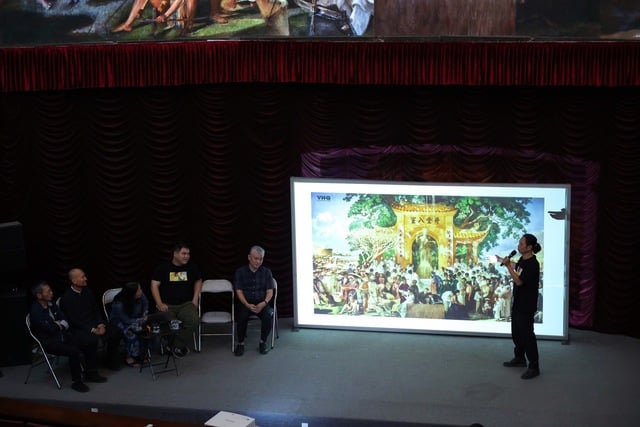
Lecturer at the School of Interdisciplinary Sciences and Arts, Vietnam National University, Hanoi, artist Trieu Minh Hai shares about using AI technology in the process of restoring works
Through the sharing of the project implementers, we can see that, although AI technology is developing strongly, at present, AI still cannot completely replace humans in the process of preserving cultural heritage. Because restoring an artifact or a work of art requires human understanding and artistic aesthetics to be able to convey the most authentic historical value to the public.
As someone with experience in applying technology to implement cultural heritage conservation projects, Director of CMYK Company, Master Pham Trung Hung, said: "AI technology is an "extended arm" to support the process of preserving cultural heritage or restoring works to become easier, more open and spread faster to the public. However, one thing I have concluded after the process is that AI technology still cannot handle problems completely independently, but must be combined with research by scientists. Without research, when applying technology to projects or restoring works, it will become very "chaotic" and have errors. This is what those who are applying technology in cultural heritage conservation need to pay attention to."./.
Source: https://toquoc.vn/bao-ton-di-san-van-hoa-bang-cong-nghe-mo-ra-nhung-cach-tiep-can-moi-20241113172441768.htm


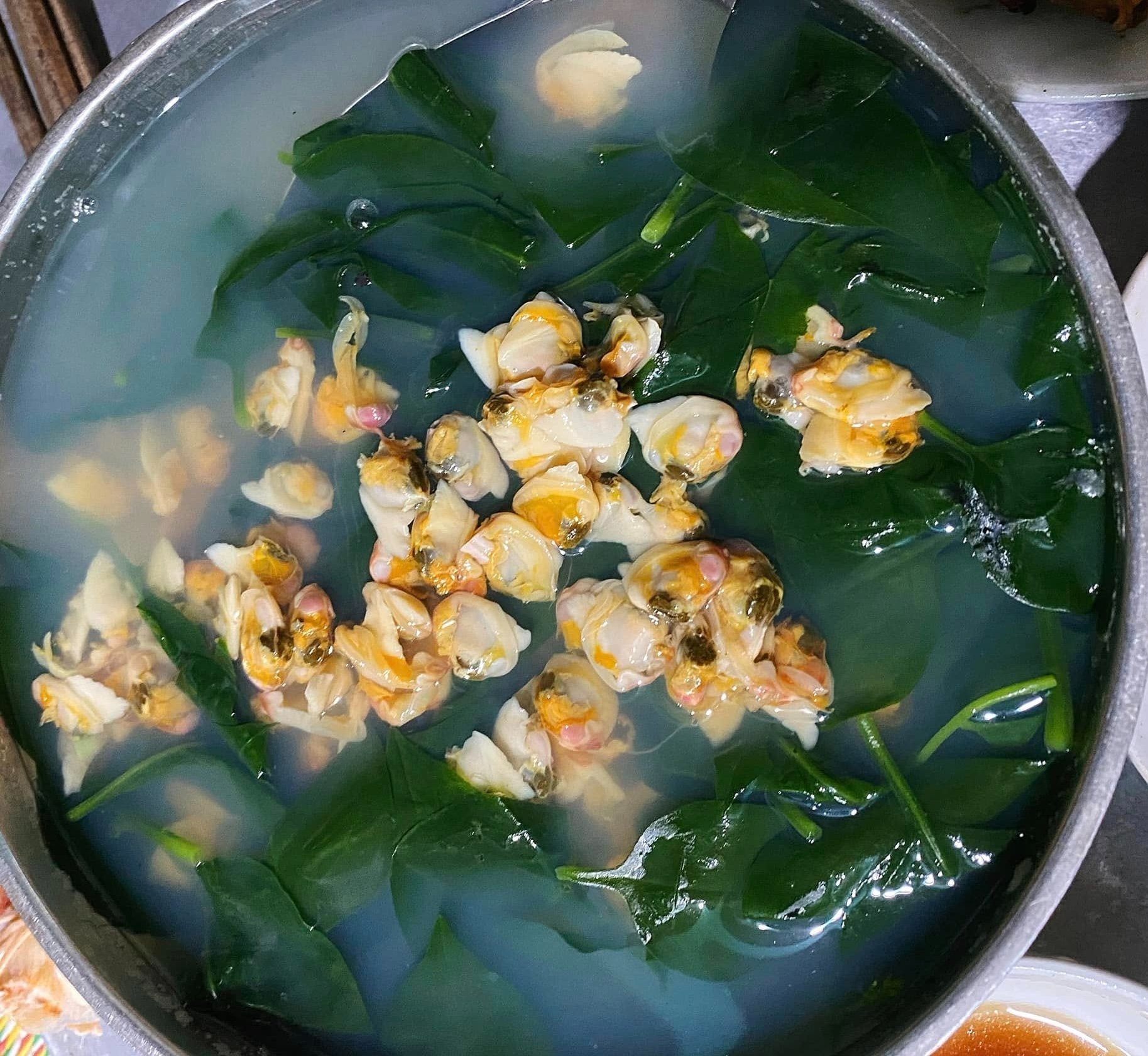
![[Photo] National Assembly Chairman Tran Thanh Man chairs the conference of full-time National Assembly deputies](https://vstatic.vietnam.vn/vietnam/resource/IMAGE/2025/3/25/bb5336c21d084a62b9f7e3d09e00df0b)
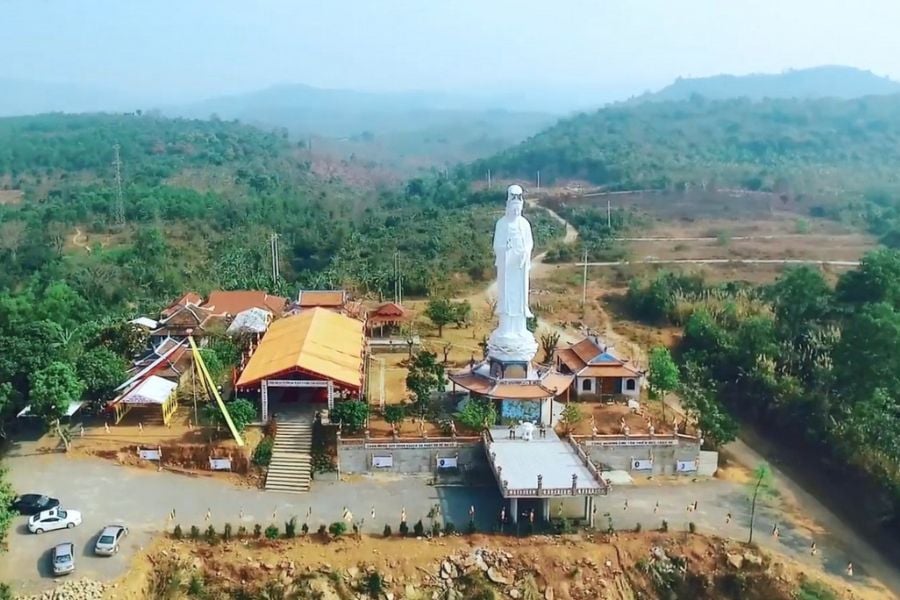
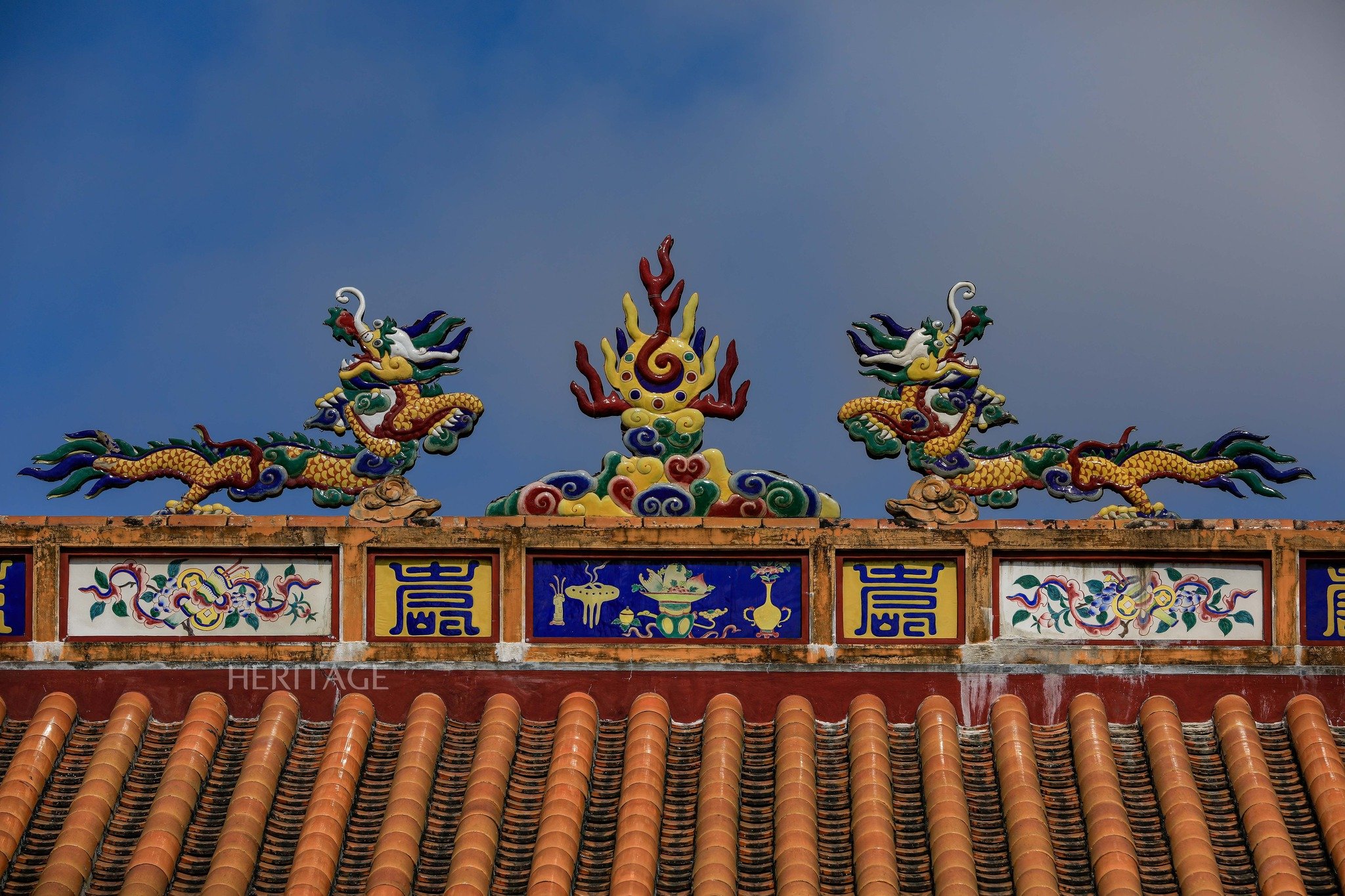
![[Photo] General Secretary To Lam chairs the meeting of the Personnel Subcommittee of the 14th Party Congress](https://vstatic.vietnam.vn/vietnam/resource/IMAGE/2025/3/25/d651a3f3496c46ad8217ba75535ecafa)

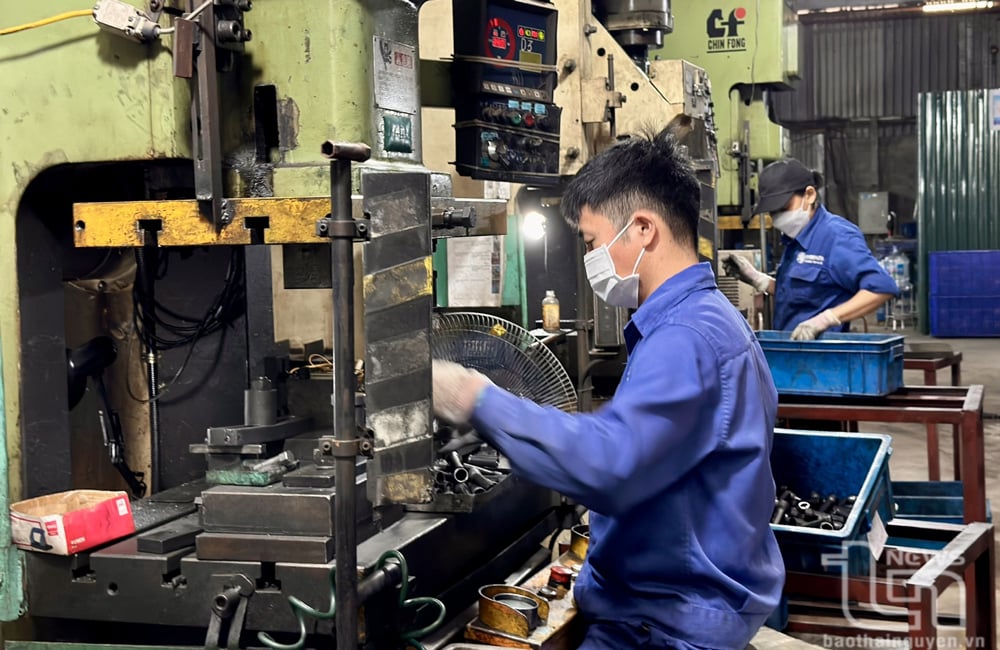

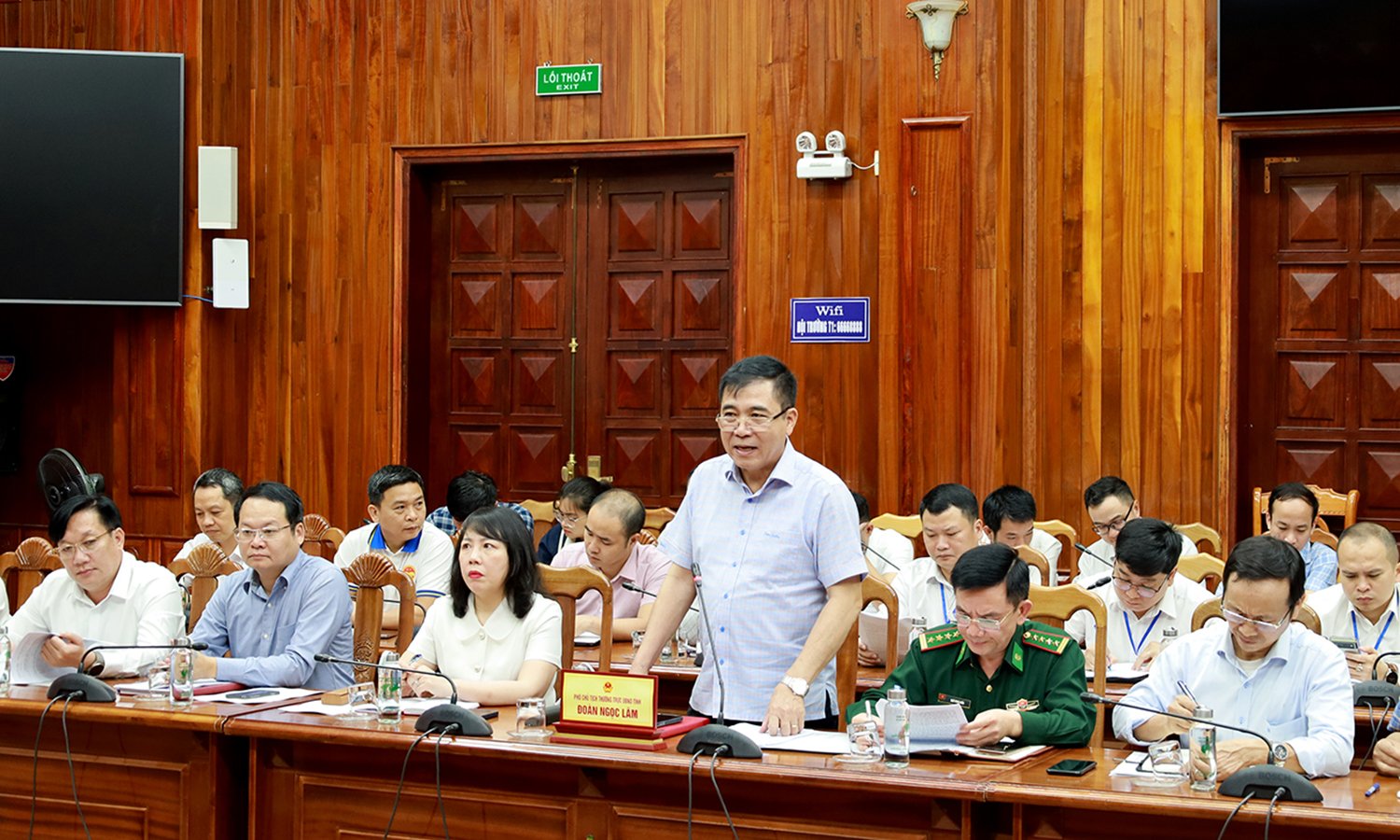
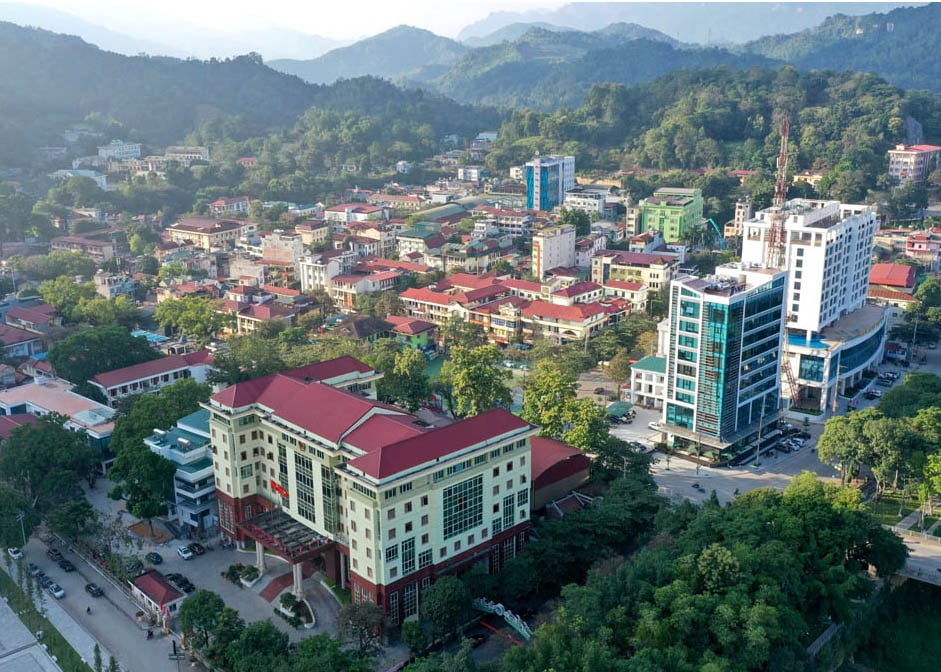
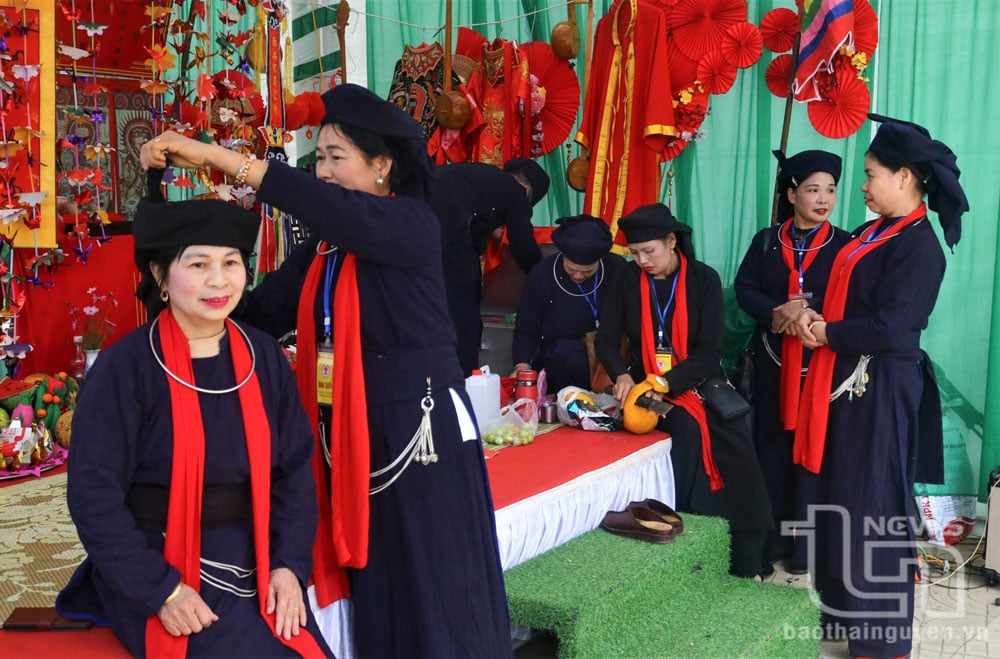

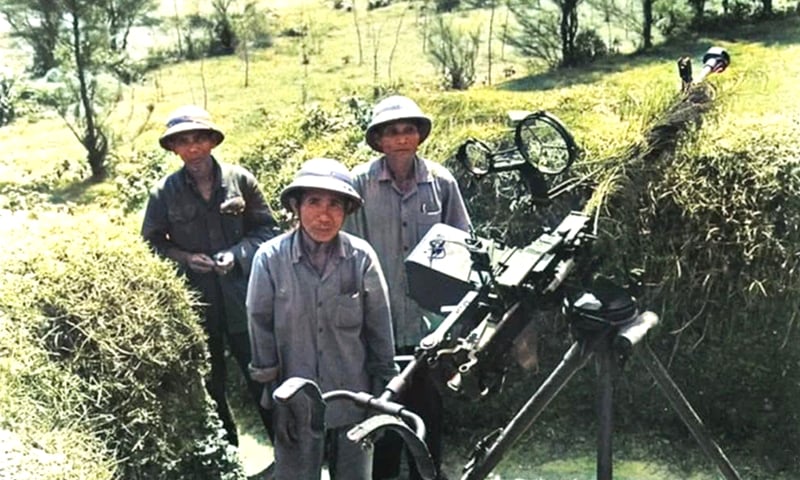
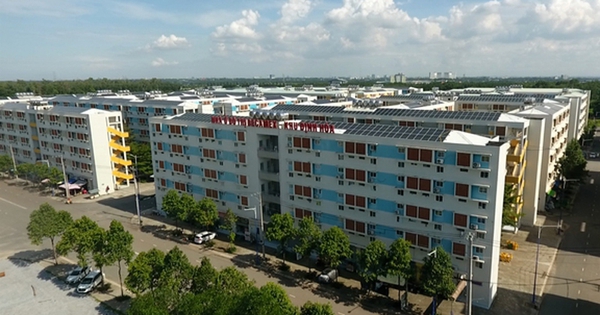
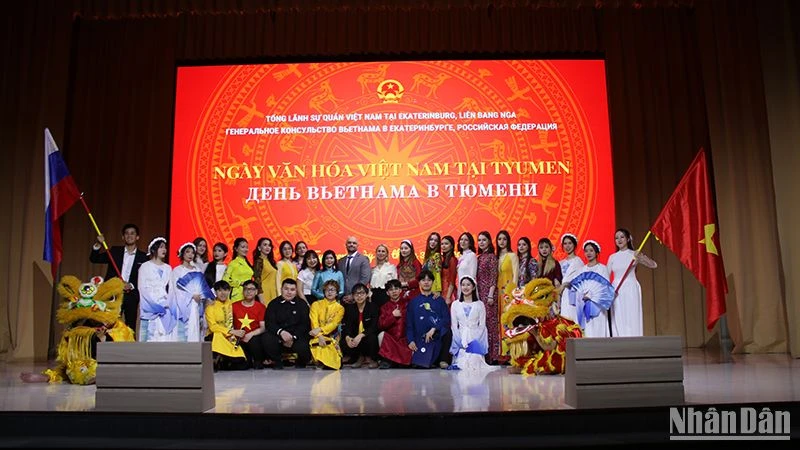
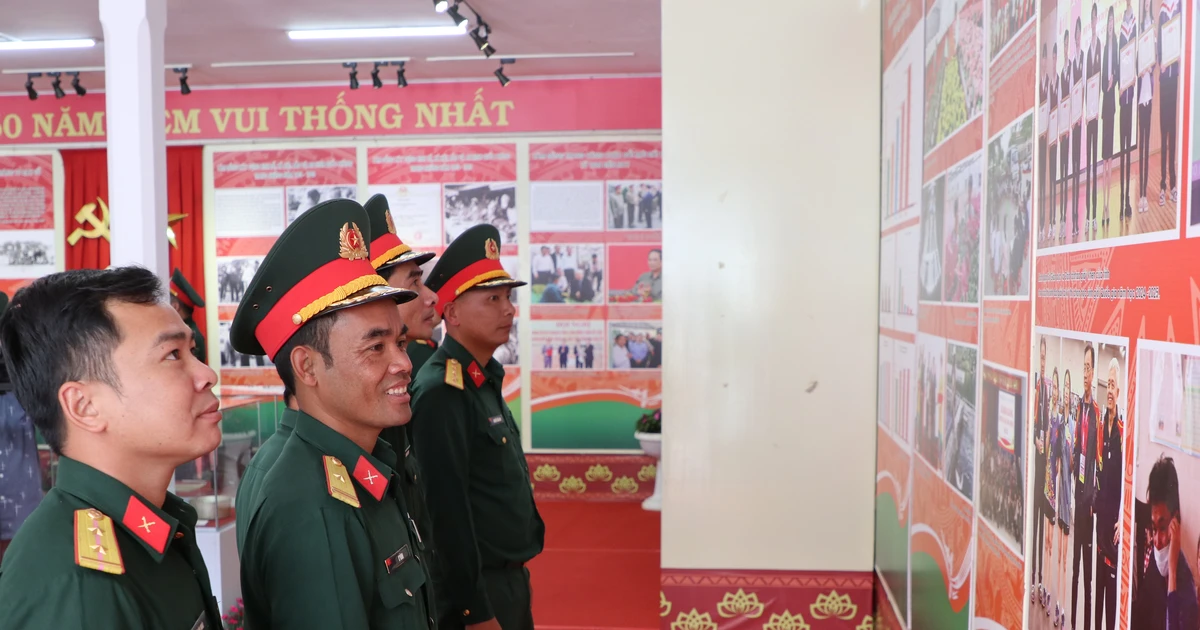
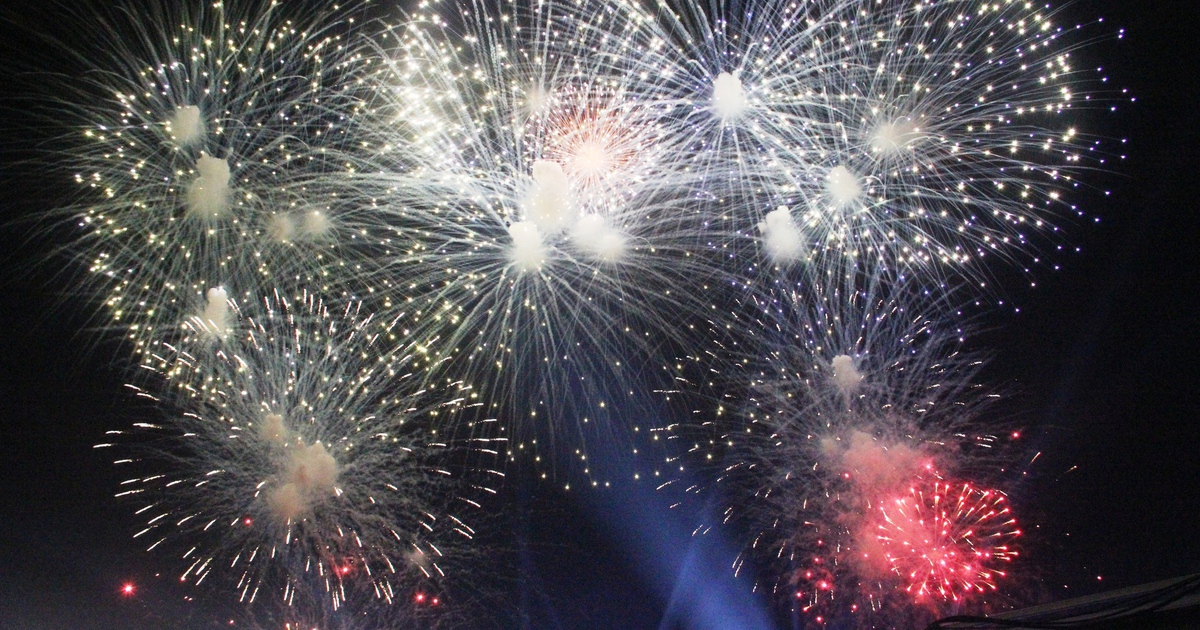
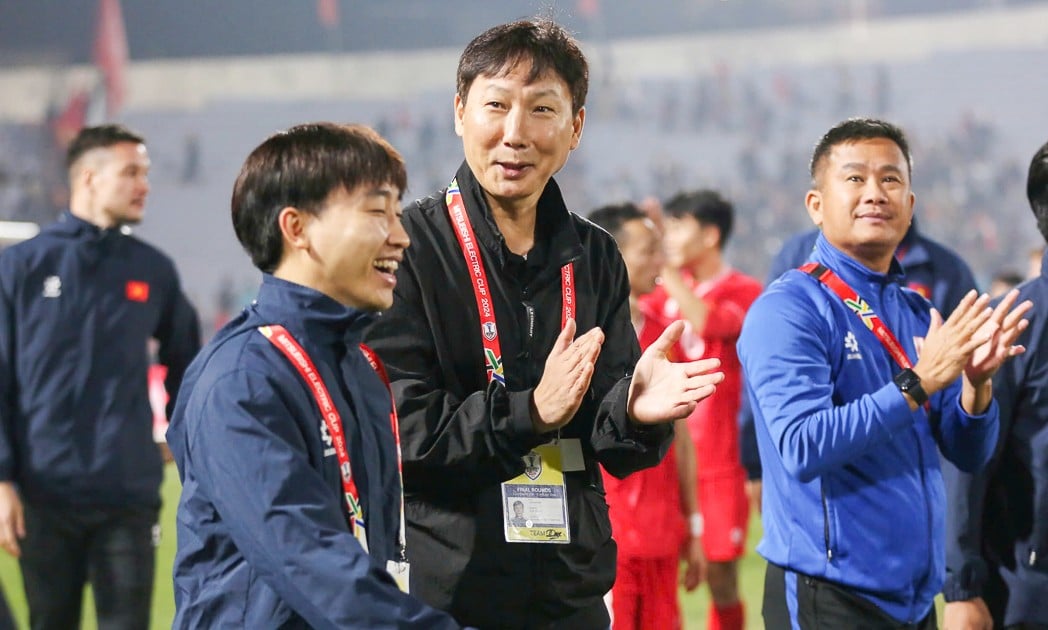
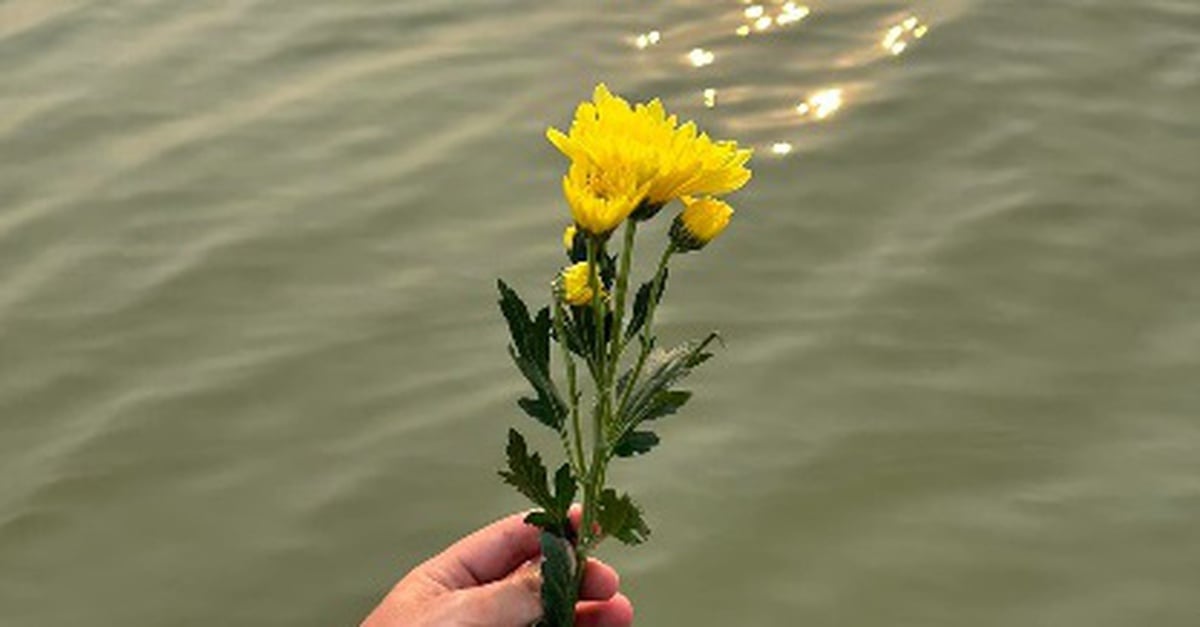
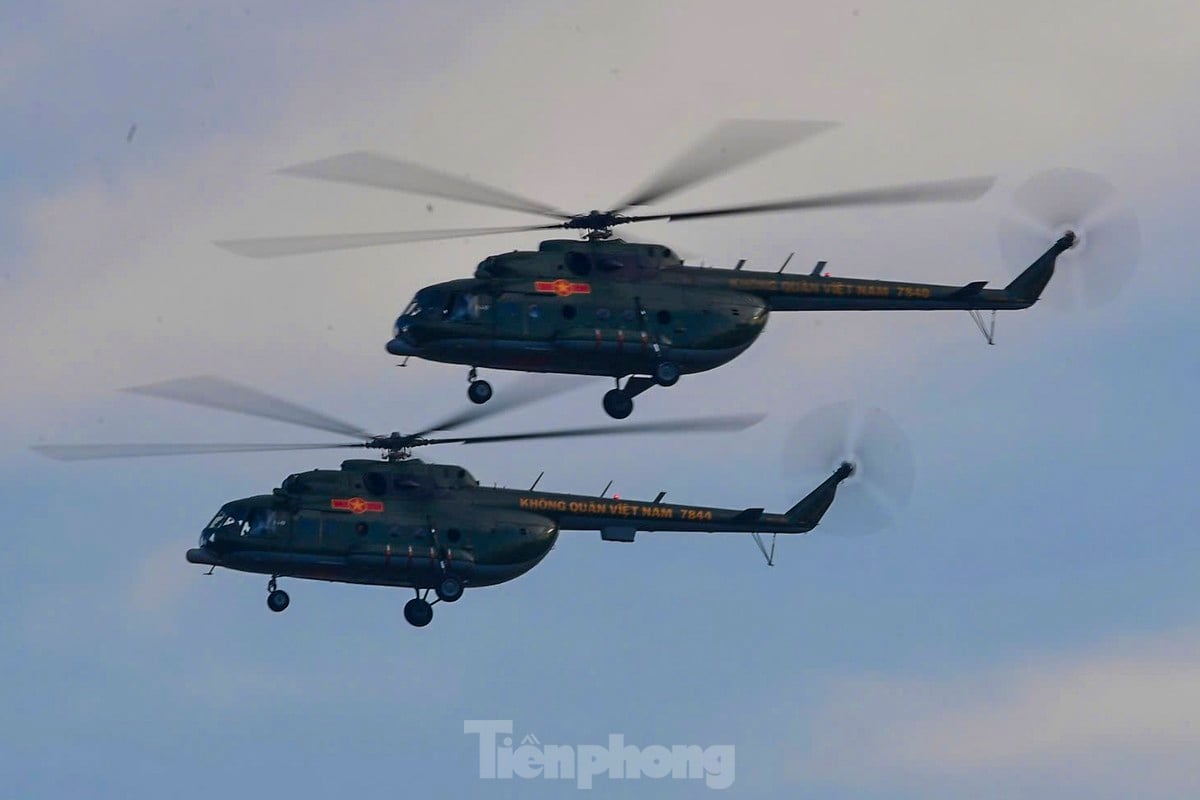
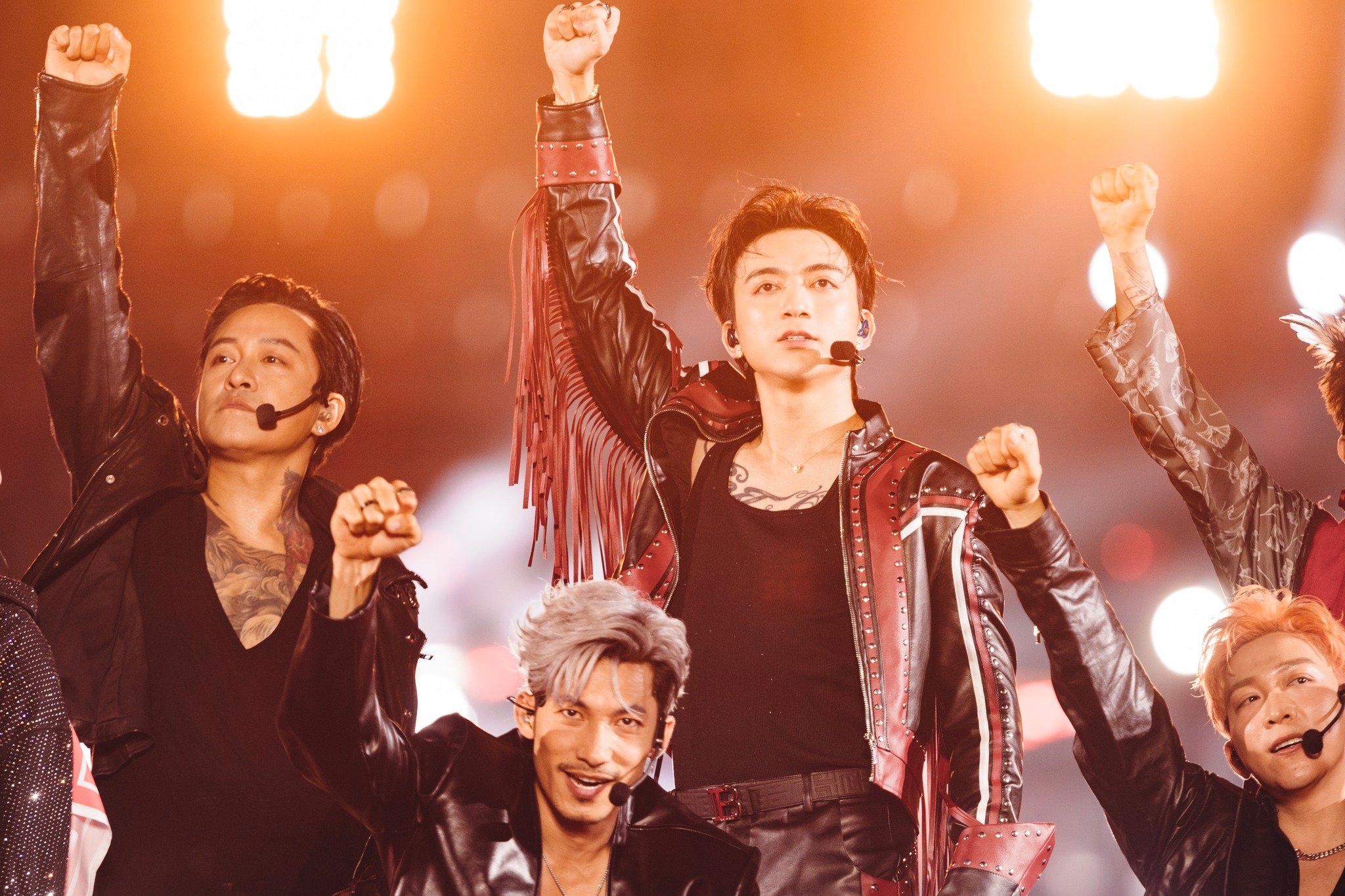
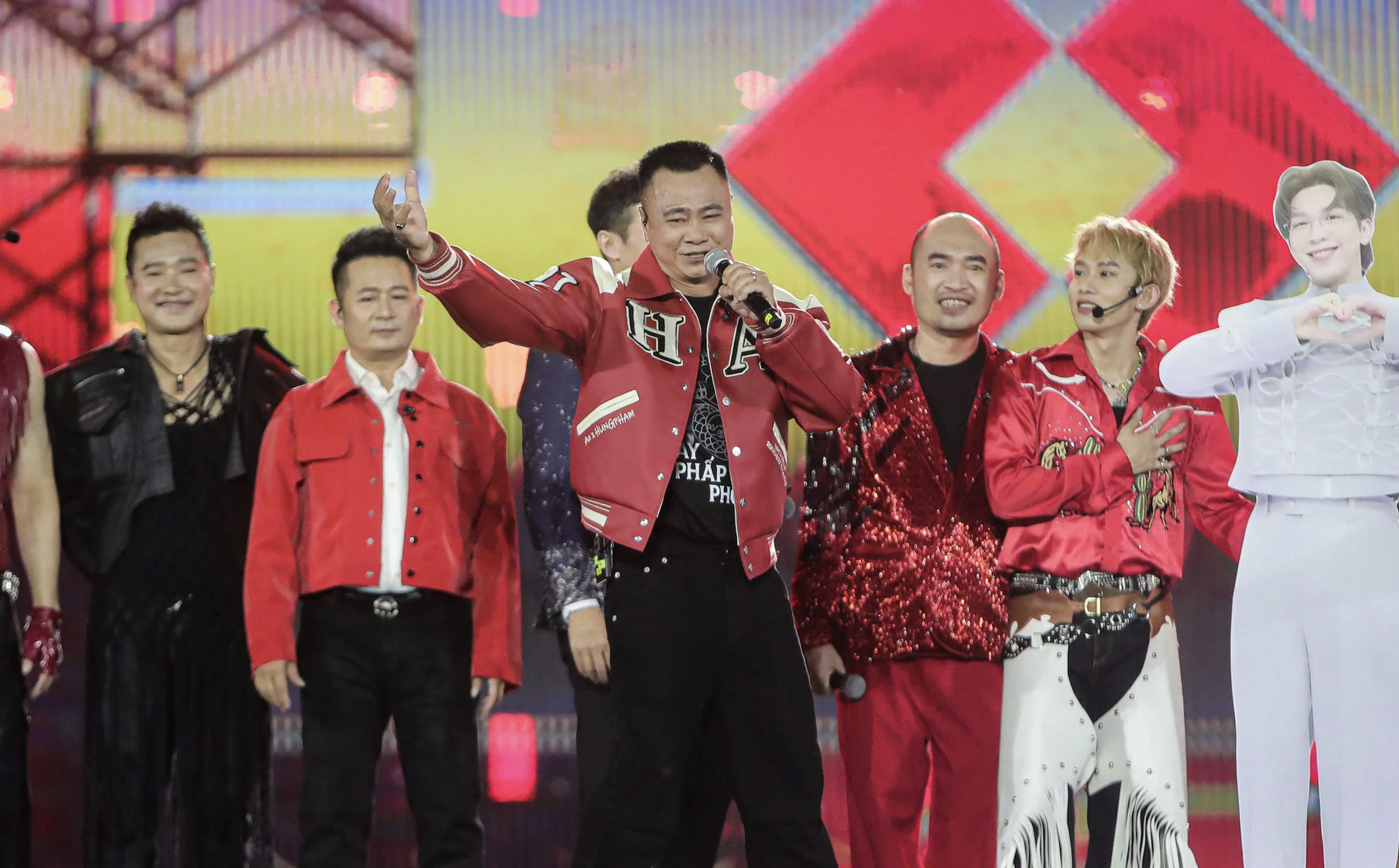

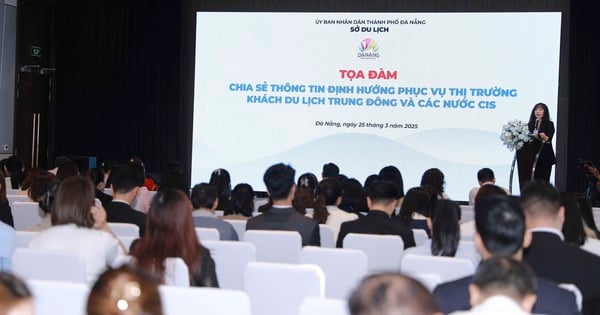


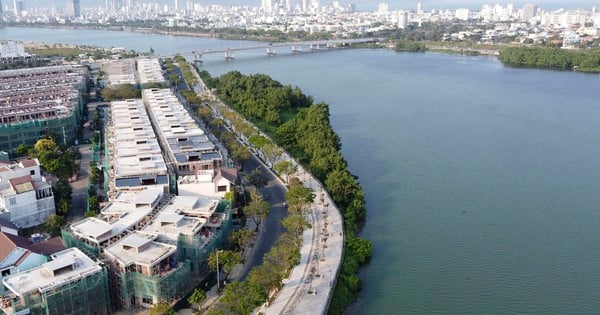
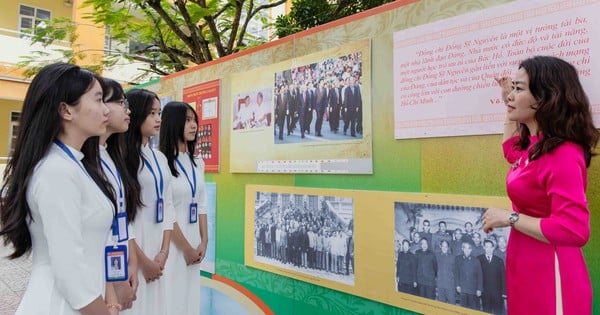
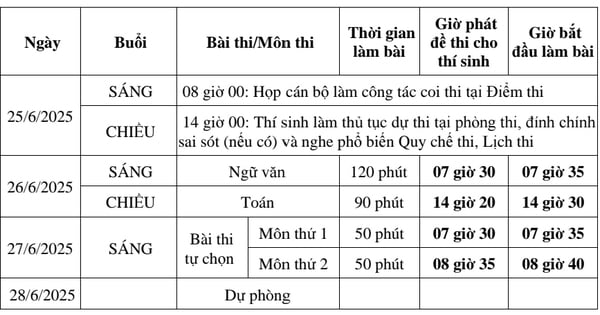

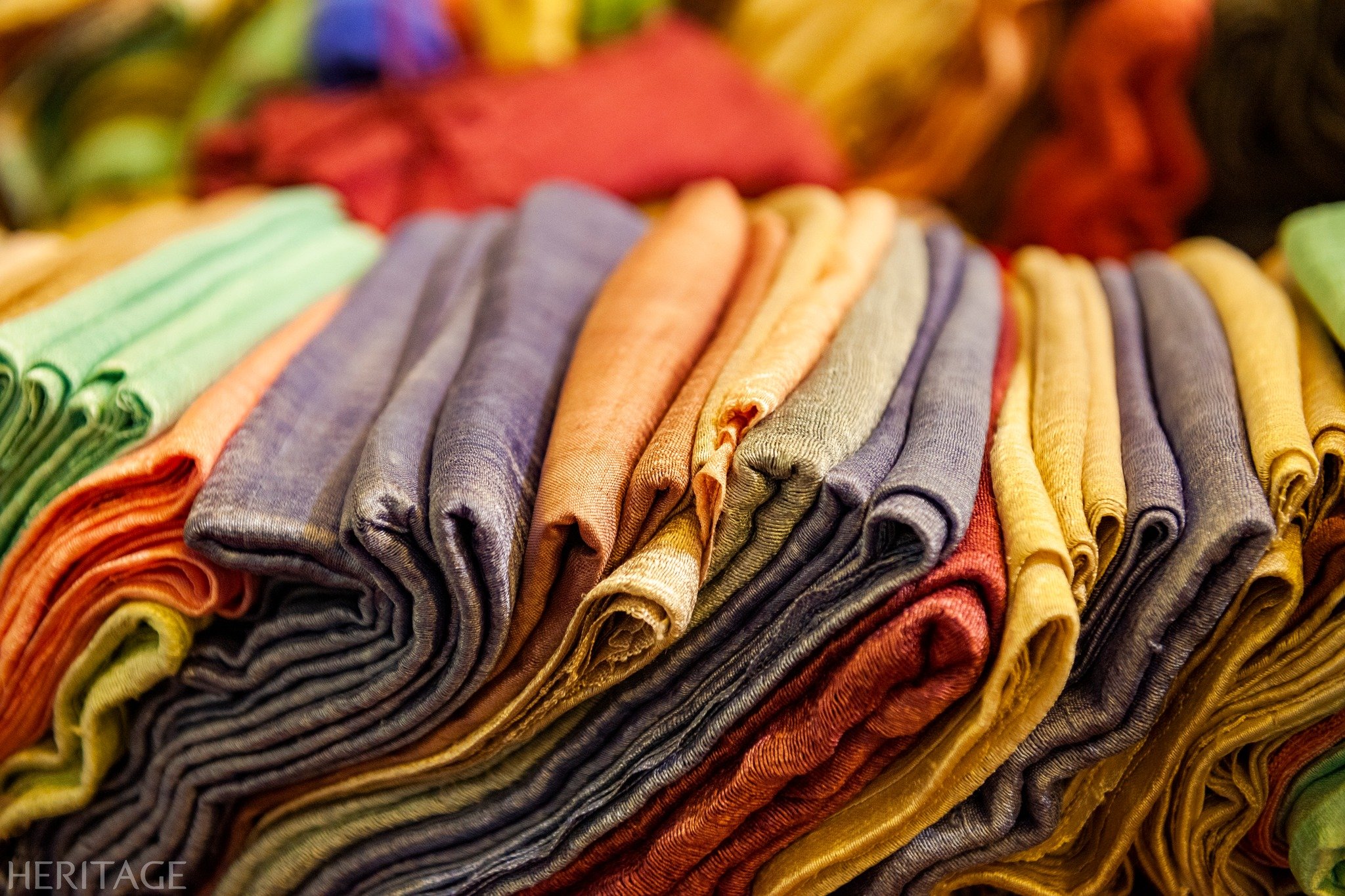
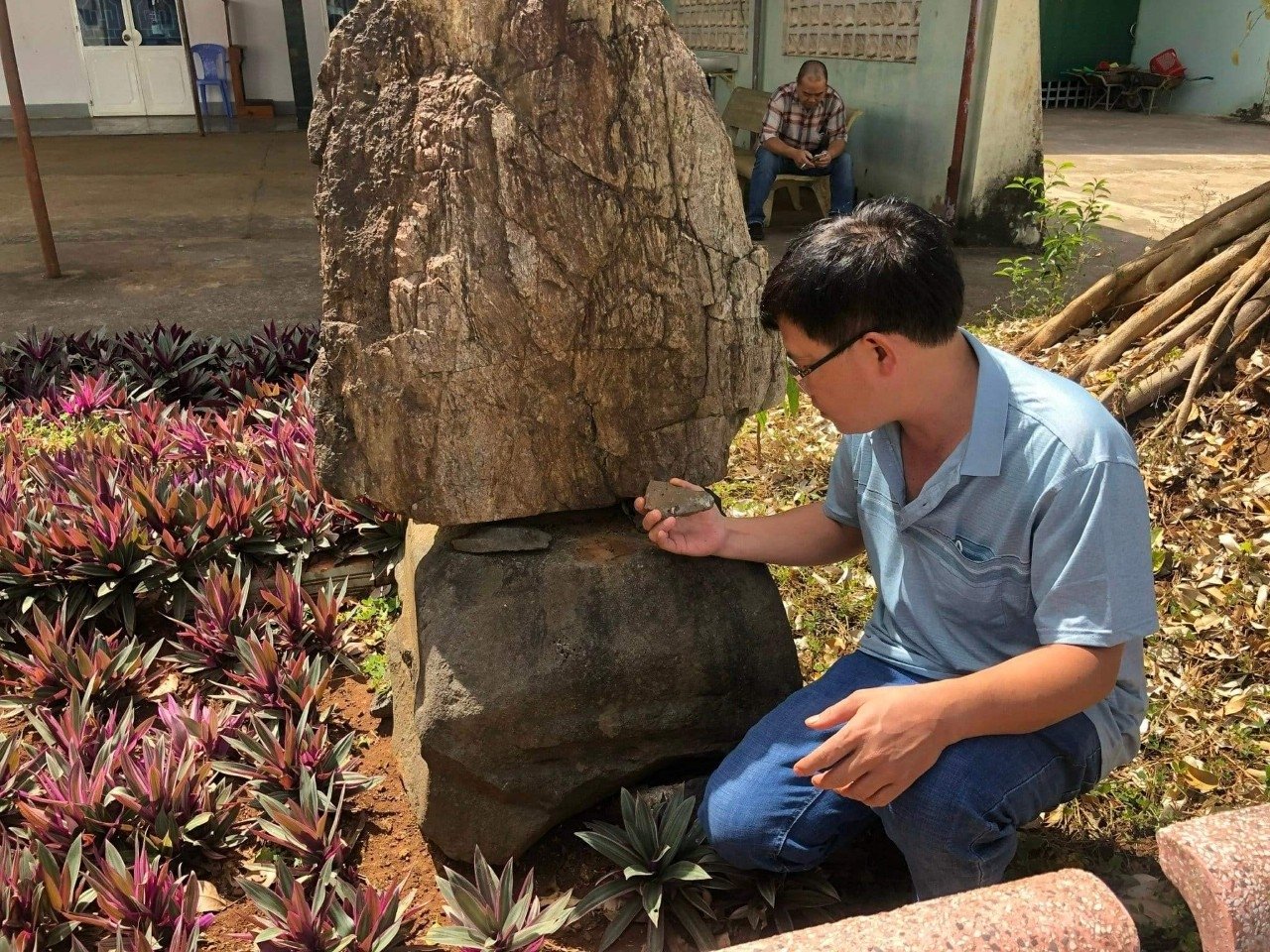

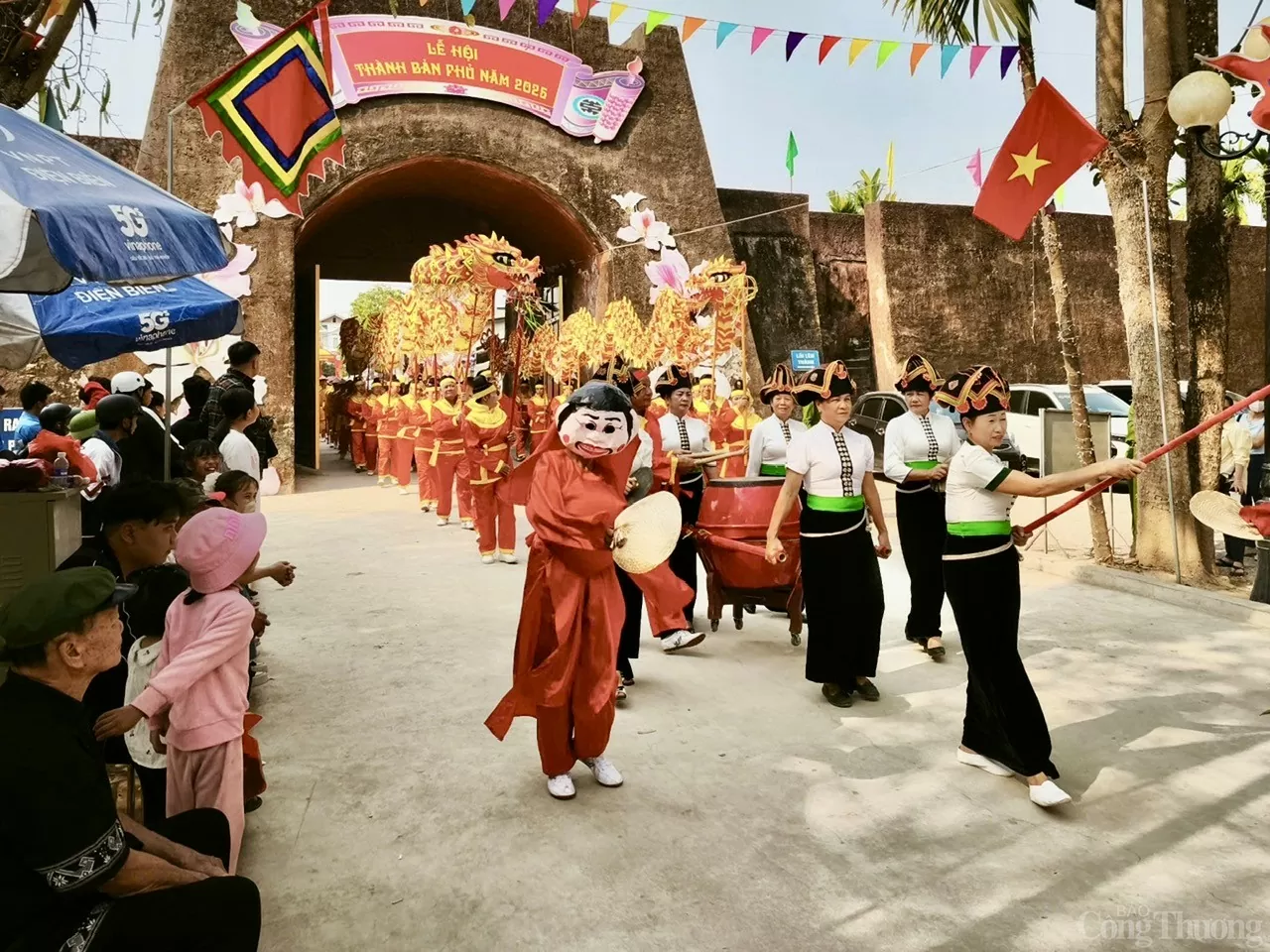

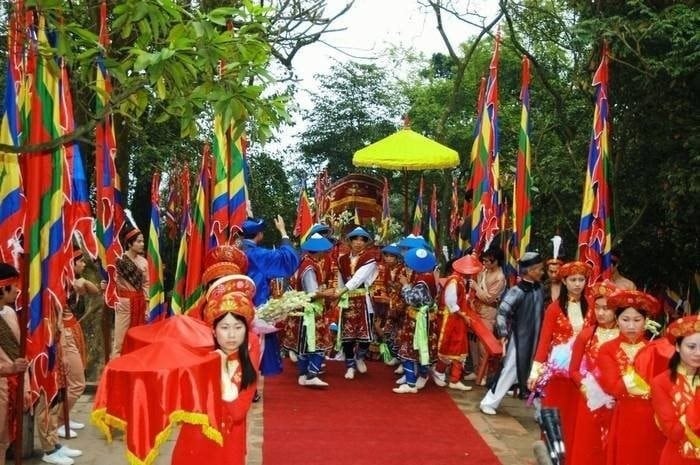
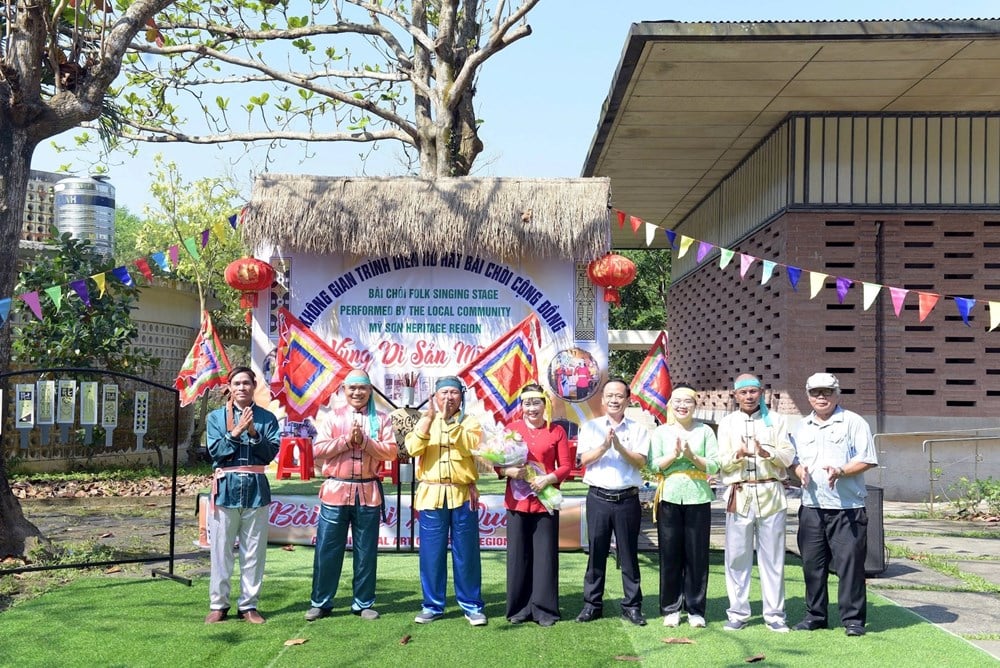



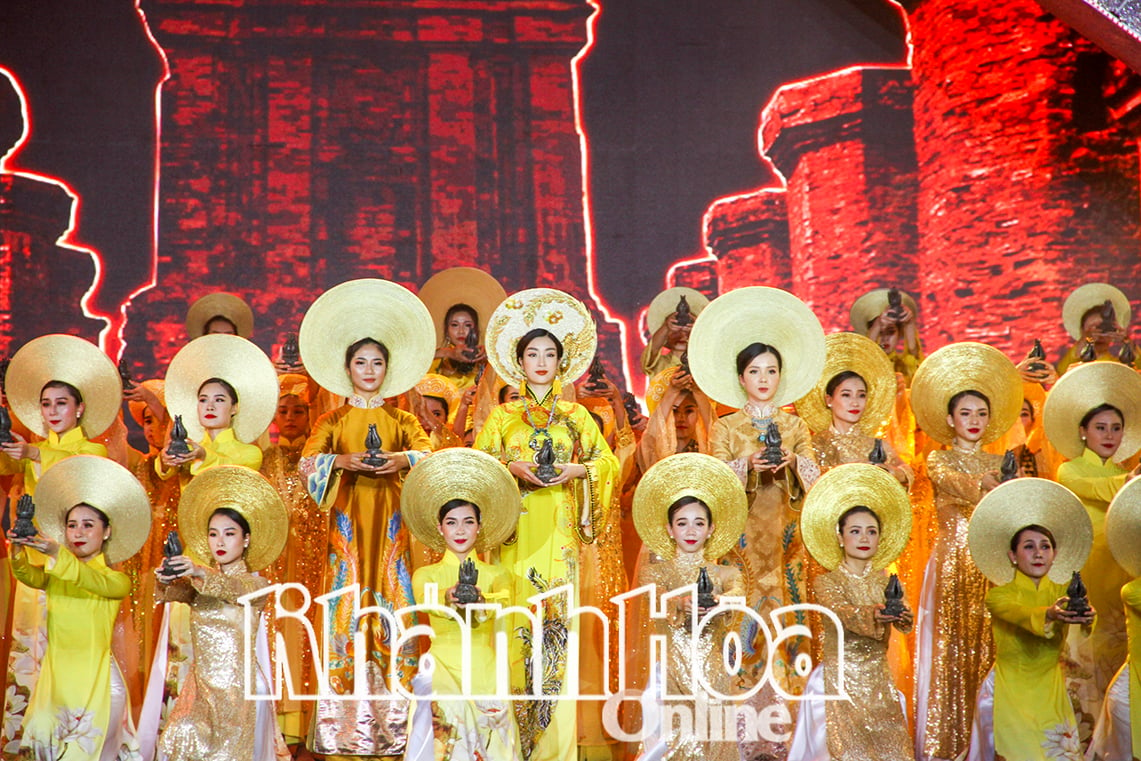
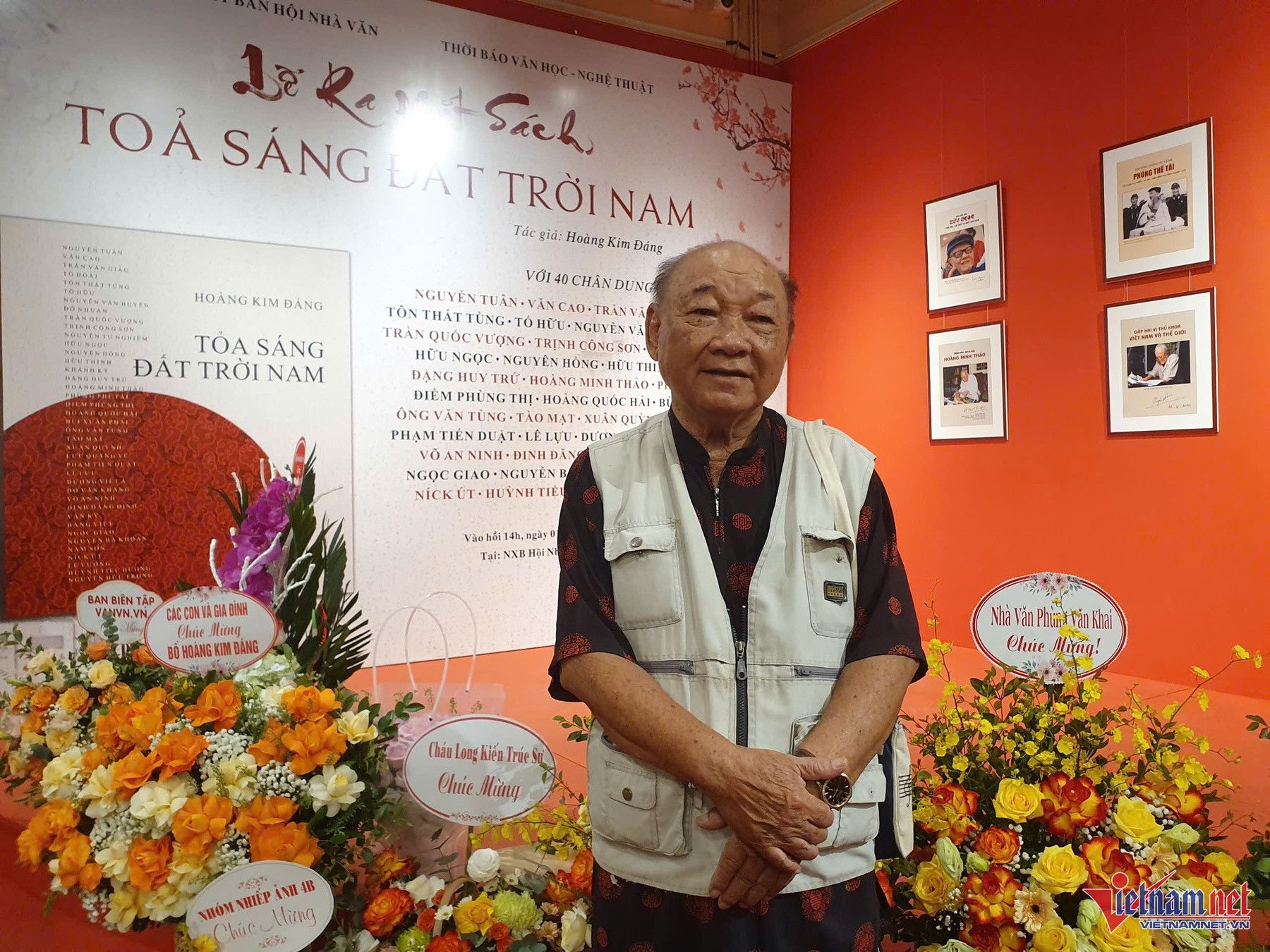
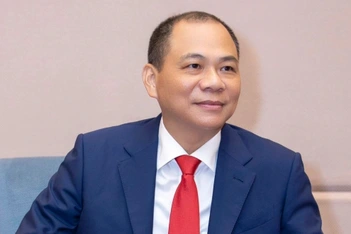



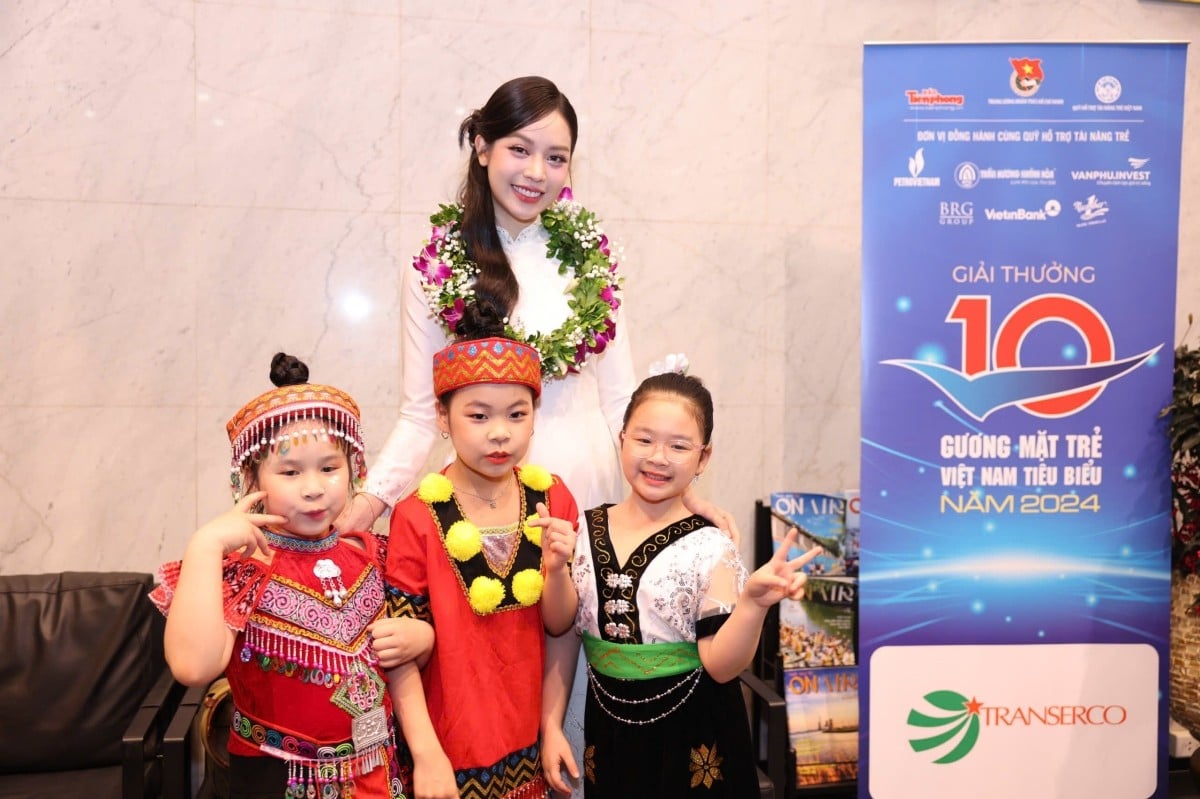

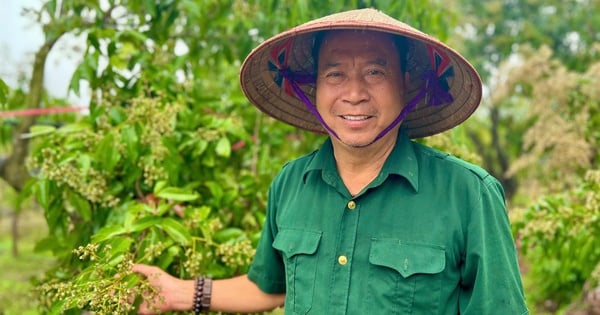

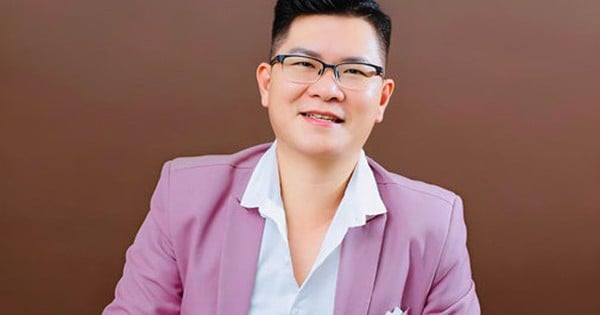







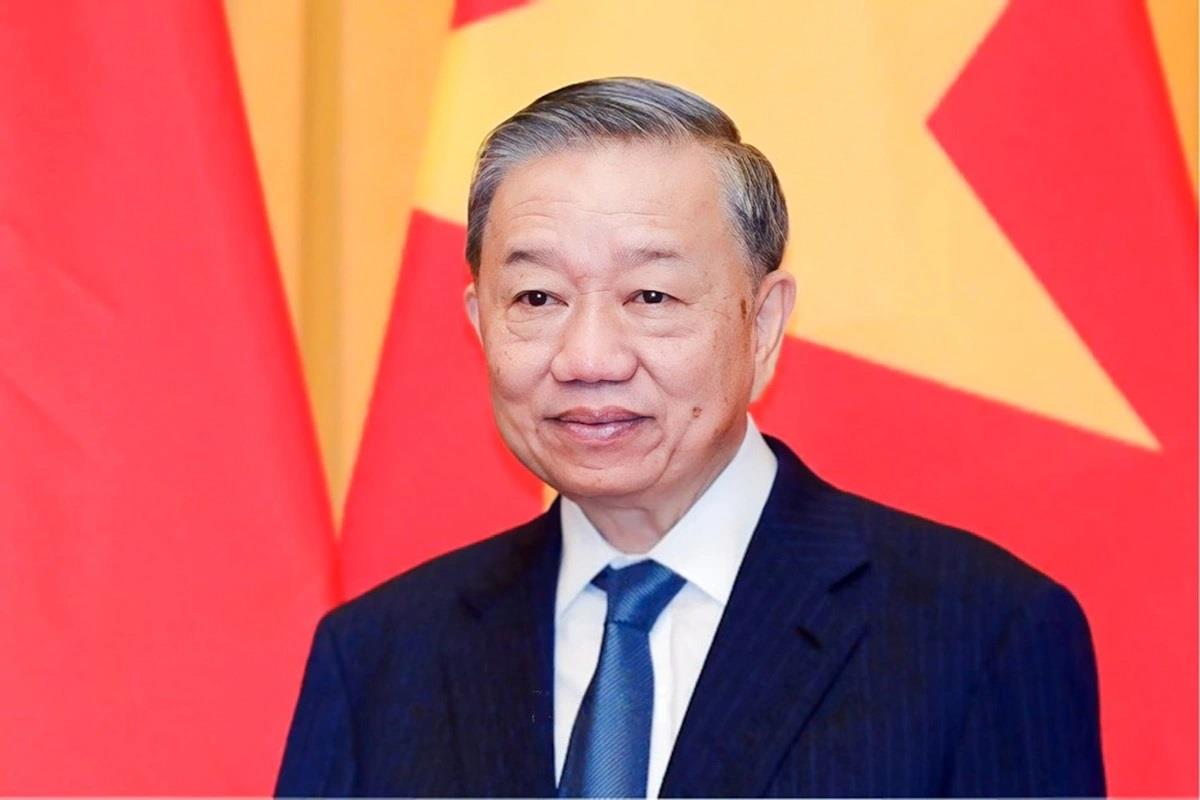

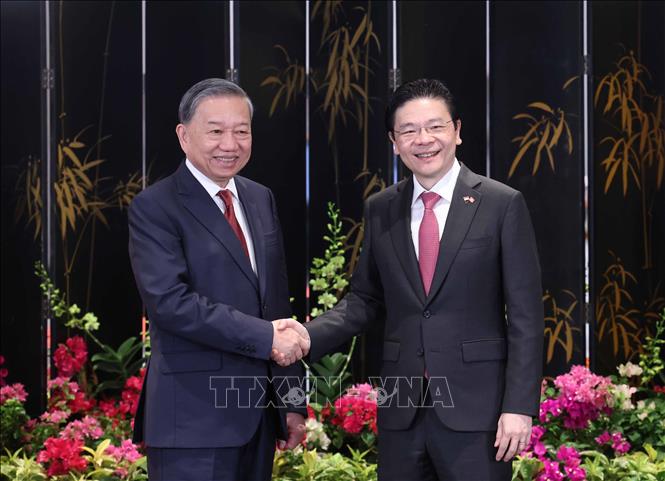
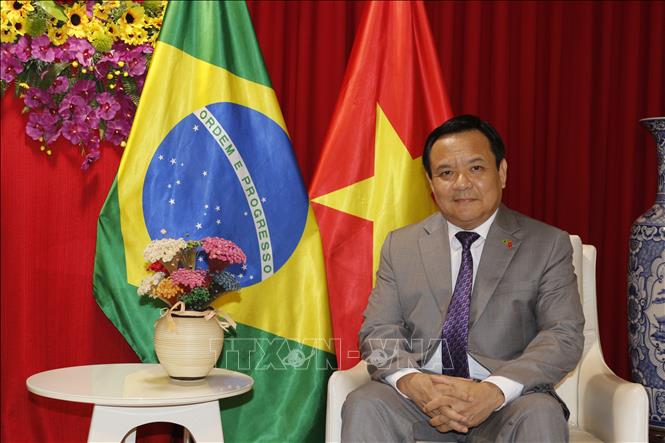

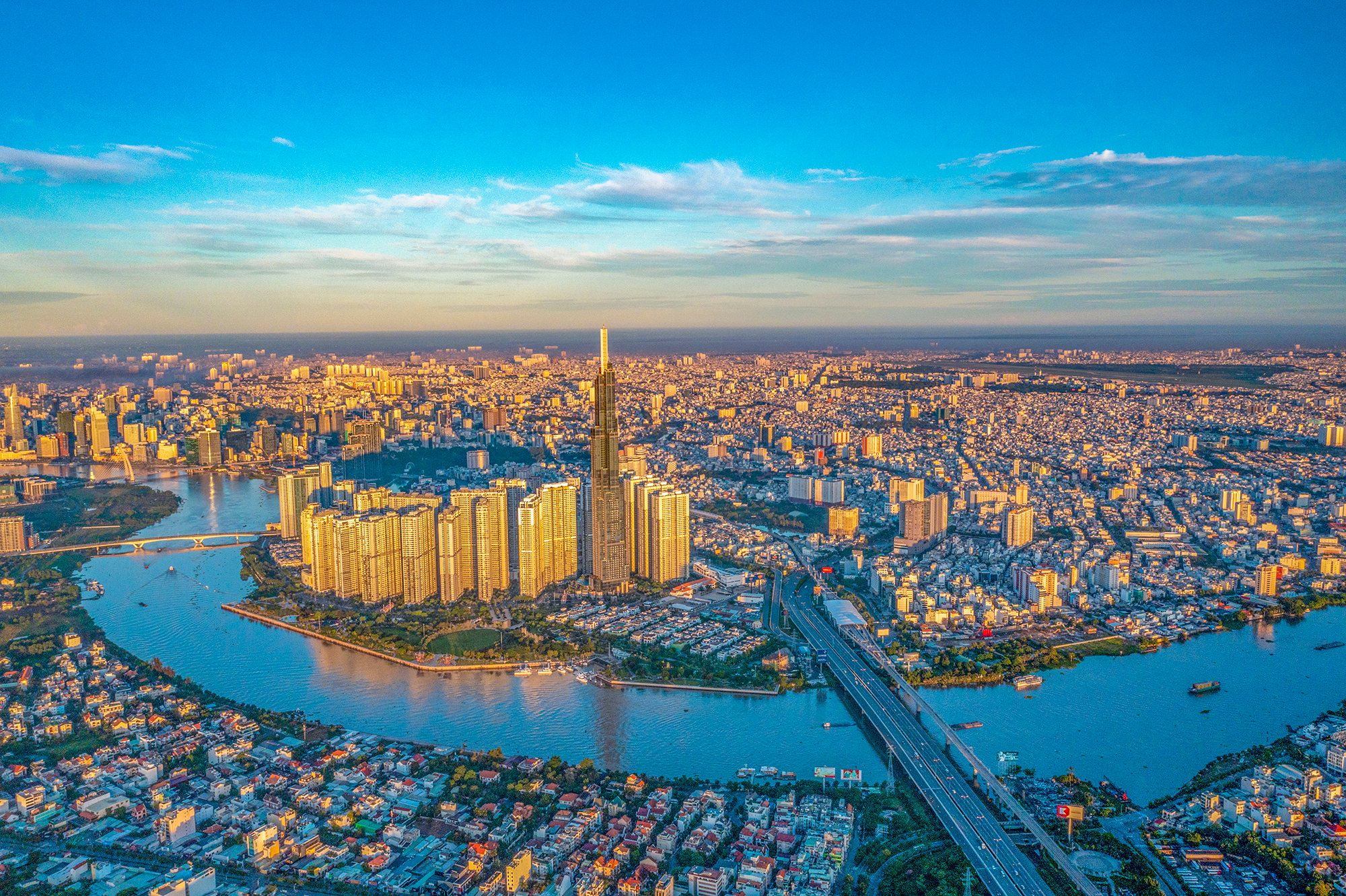

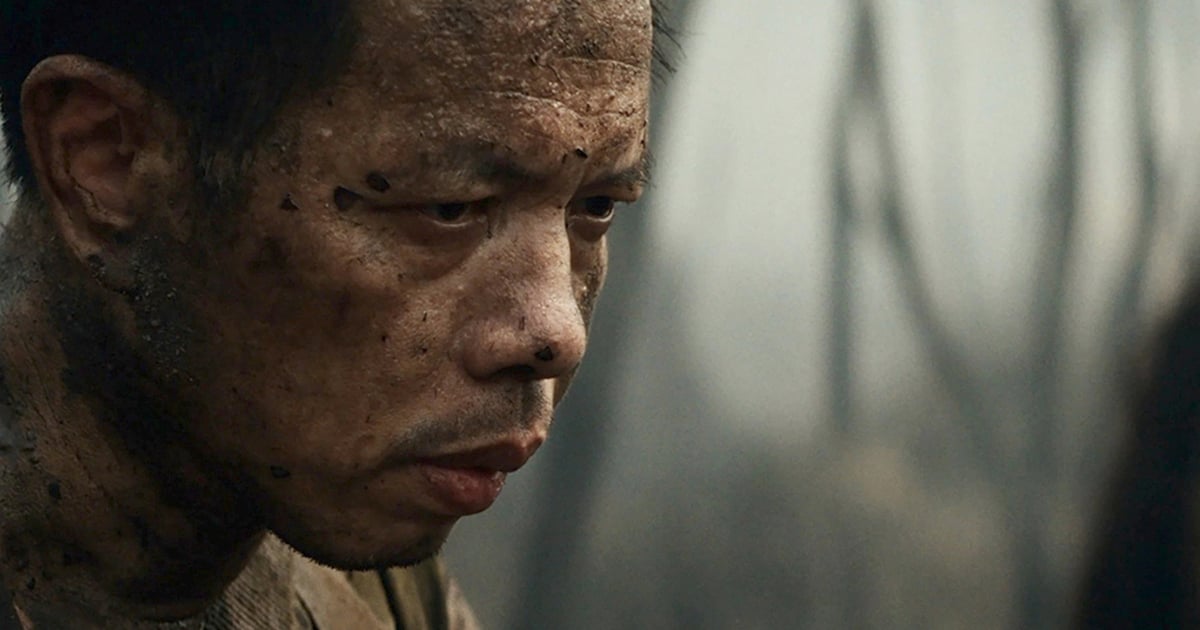


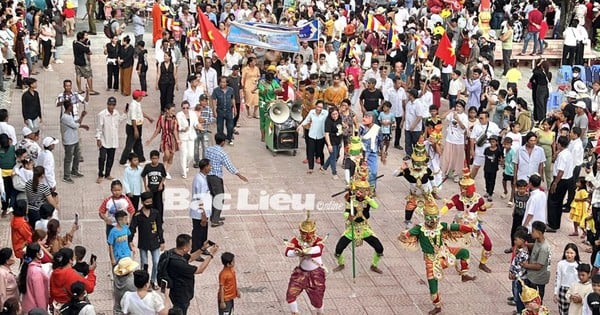

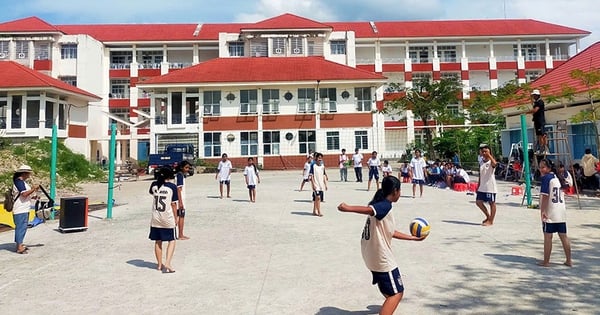





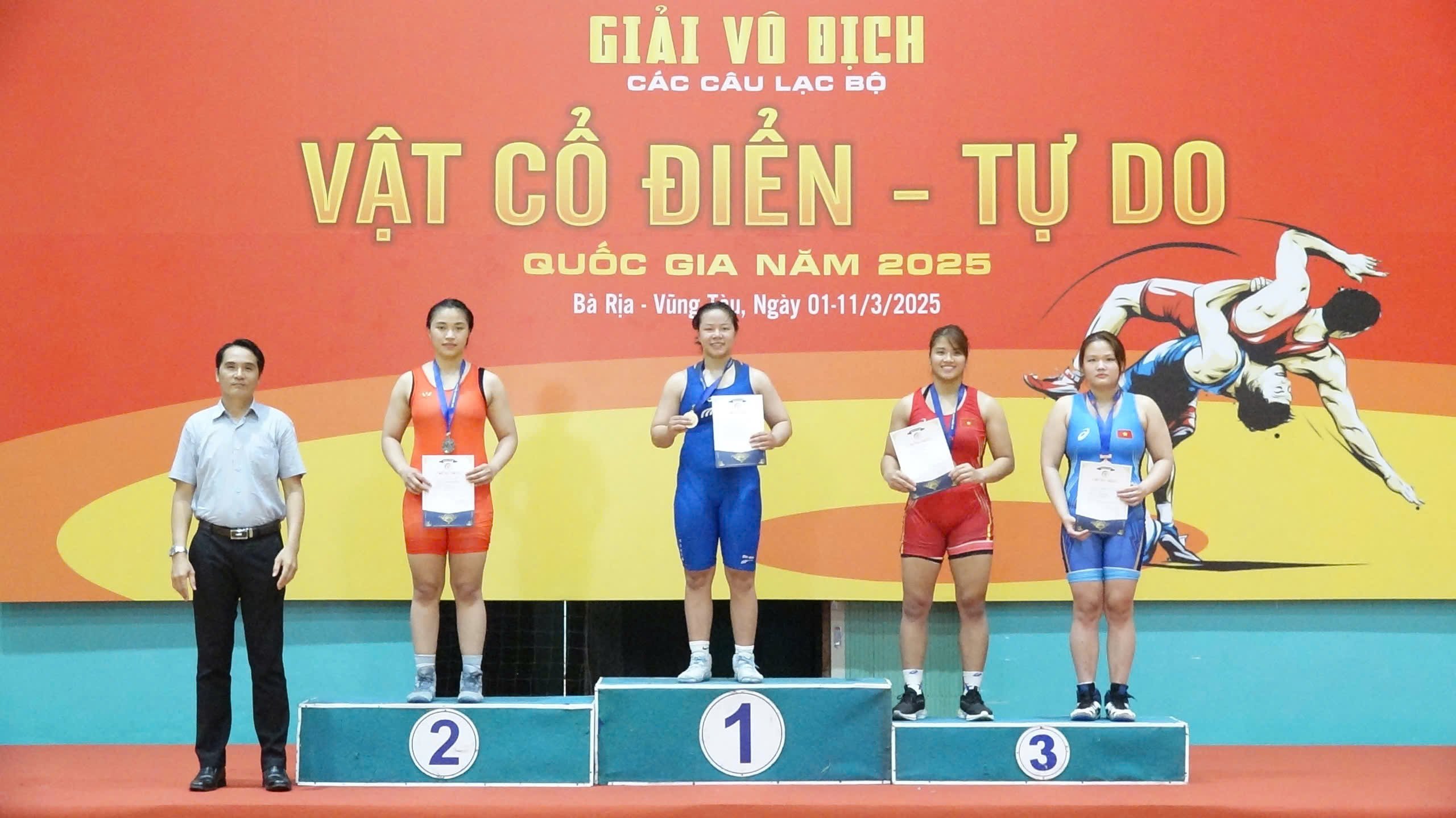
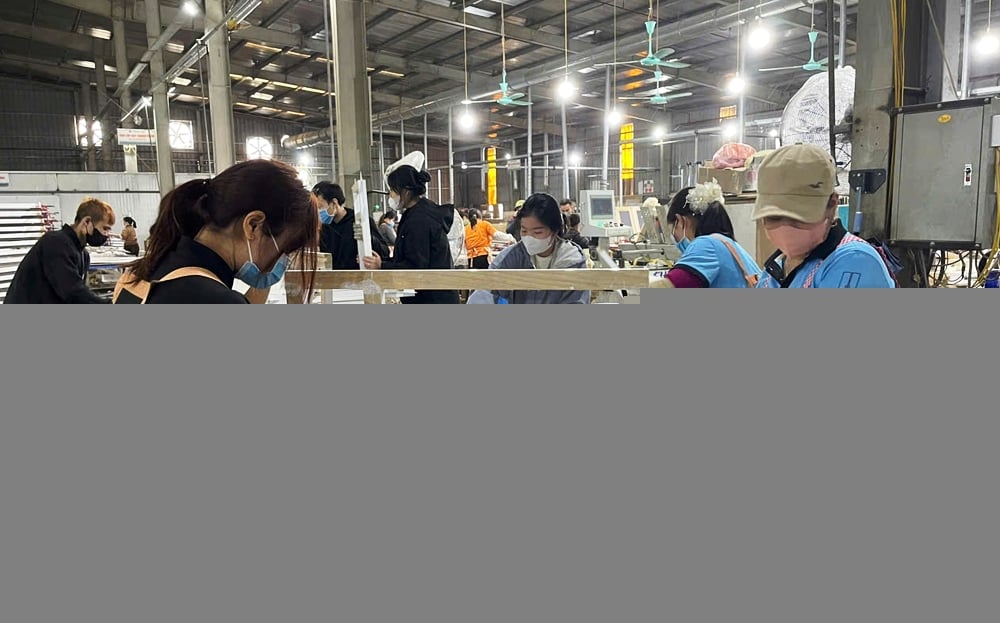


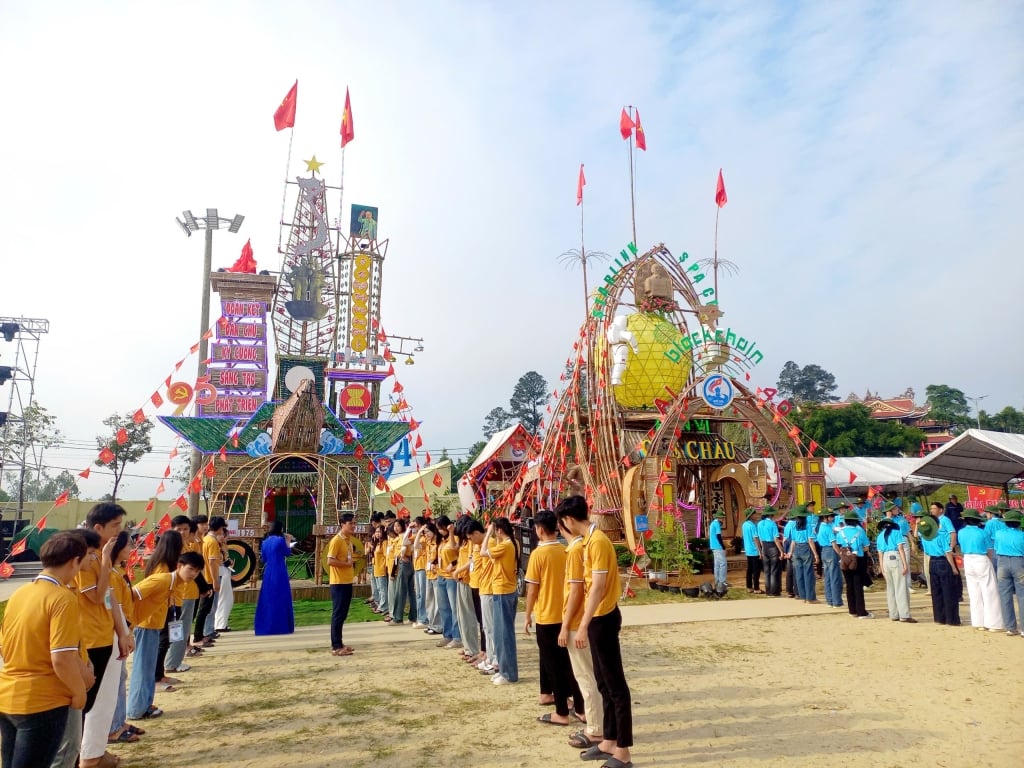







Comment (0)